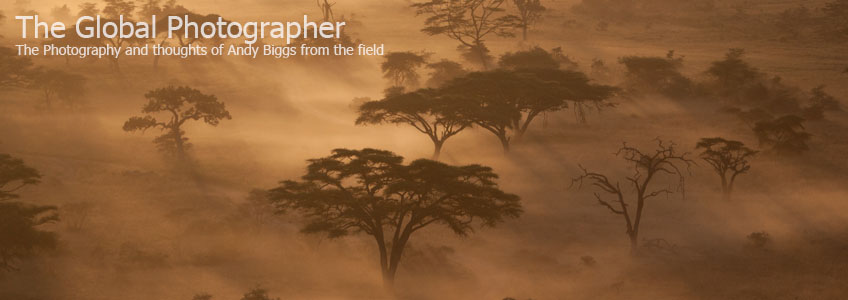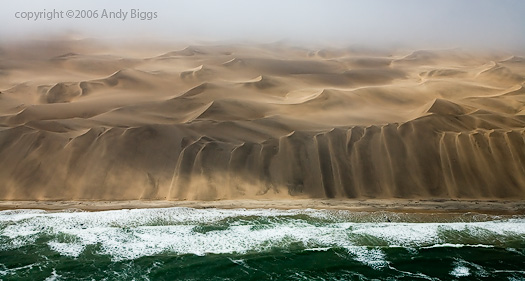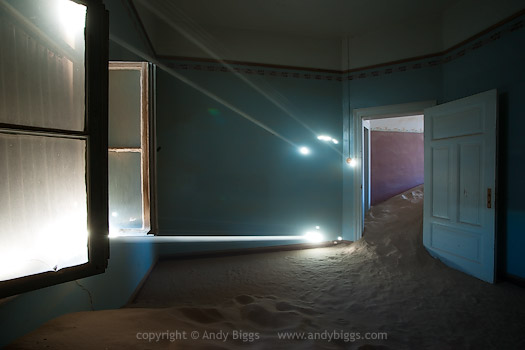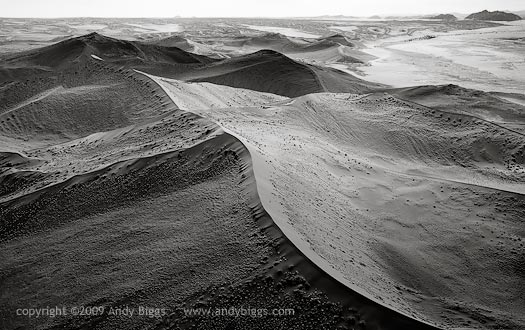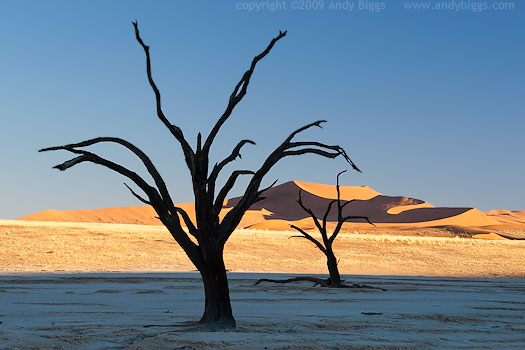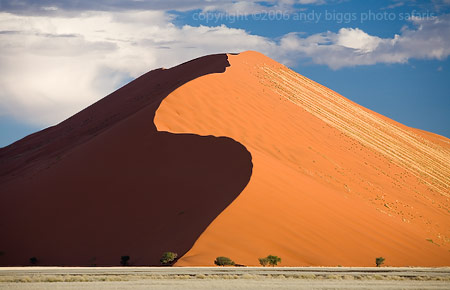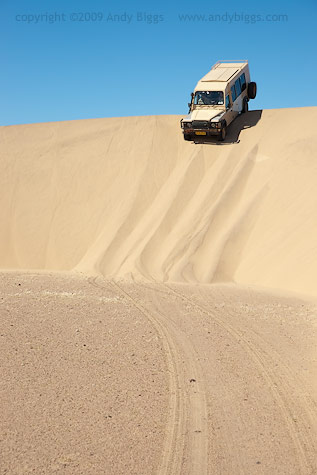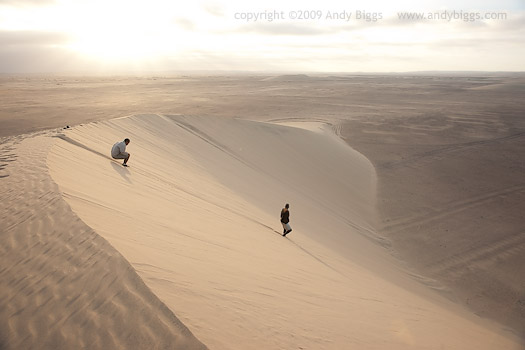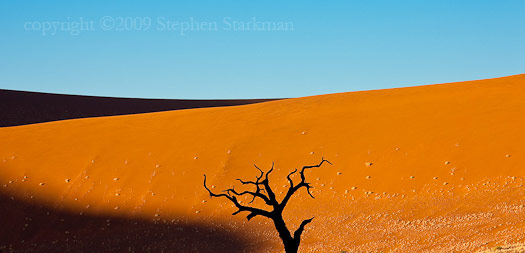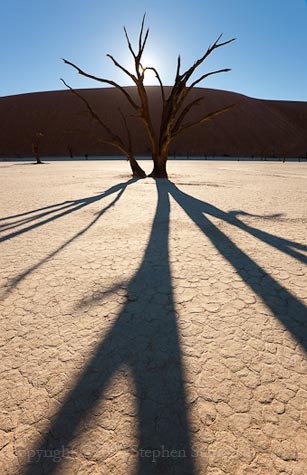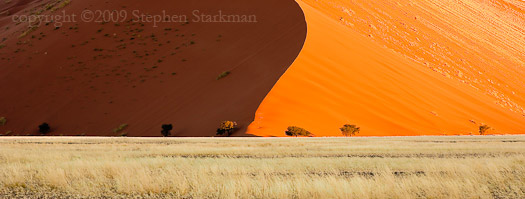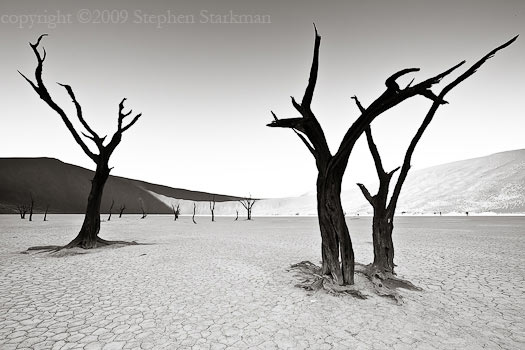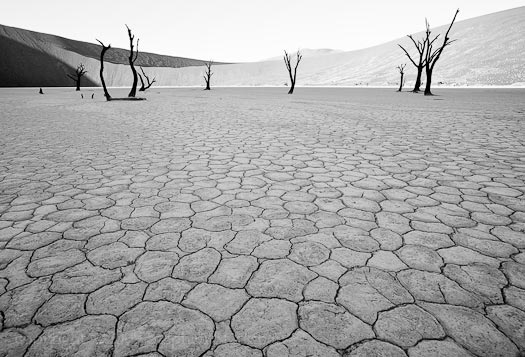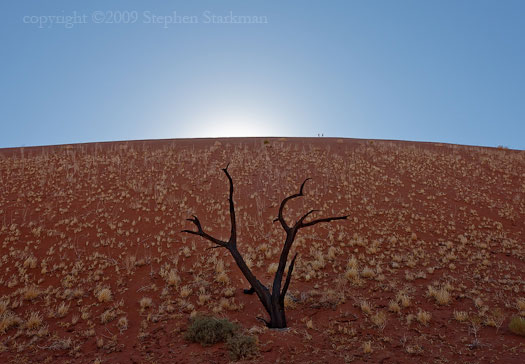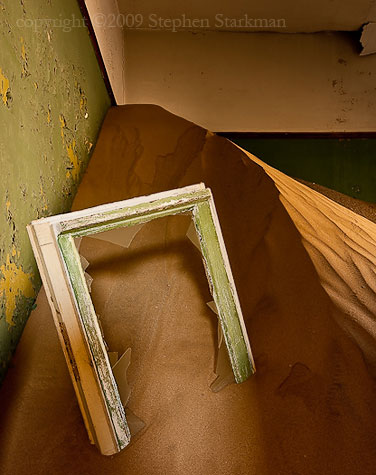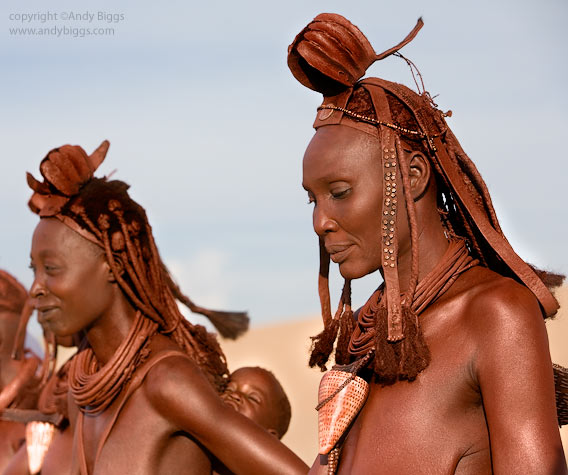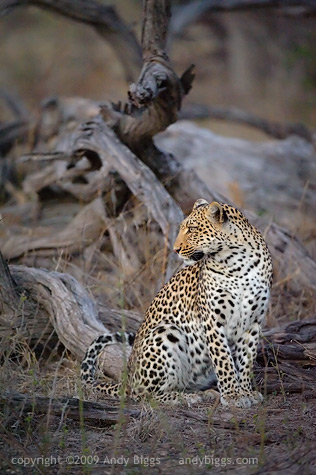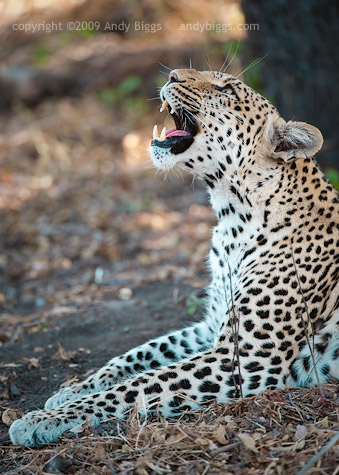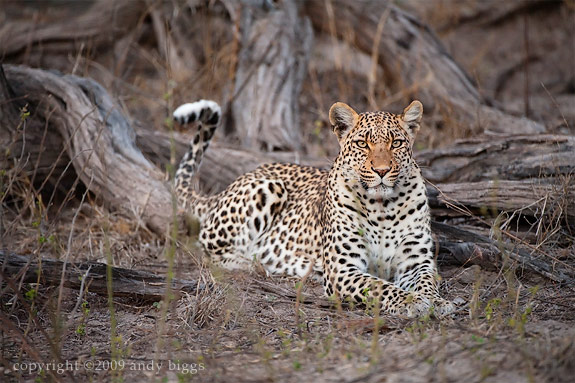Day 8 - Savuti Camp, Linyanti Concession, Botswana
 Monday, August 2, 2010 at 11:04AM
Monday, August 2, 2010 at 11:04AM Up at 5:30 again, a light breakfast out on the deck at 6, and we were off by 6:20. It is amazing how different people behave after a cup of coffee, and I am speaking of me as well as the other people in the group. Smiles happen only after that first sip of caffeine.
We pointed the vehicles towards Dish Pan and Rock Pan, and immediately started tracking a pack of wild dogs. Woohoo! My vehicle was a little farther away, and I could hear the other 2 vehicles and their excitement over the airwaves. “matala mathlarelaa matala mathlarelaa”, and I knew they were on to something good.
There are three dog packs near Savuti, and this was the smallest of the three with only 4 adults. When we had our sighting I noticed that there were only 3 of the 4: 2 males and a female. We were lucky in that we saw them right on the Savuti channel, which is much preferred over the thick mopane woodland. They were out in the open, and after a few minutes they started out on their morning hunt. We were able to stick with them, as they never left the water’s edge. What a treat, as wild dogs can be some of the most challenging subjects to photograph.
We gave them room to work, and eventually we saw some impala about 200 meters away. Double cha-ching. The lead dog quickly went into a crouched position, and he had the advantage as he was downwind and the impala had not noticed the pack. After a few moments a chase ensued, and our three vehicles burst into action from behind. The pack split up and we followed one of the males back towards the water. We had hoped that one of the impala went that direction, as we would have the dogs back in the open and would hopefully see a kill at the same time. Well, the strategy paid off and we watched the 2 males chase a lone impala across the channel and onto a swampy island in the middle of the water. The kill happened so fast that nobody was able to see it as we were moving the vehicle just to keep up. So many great things to photograph: wild dogs crossing deep water, a kill, a tawny eagle going in after they were finished, the female dog trying to get to the island, and then finally the dogs’ coming back across the water towards us.
It has been a while since I have filled up a memory card in less than an hour, and this morning I suspect it too much less time than that.
On the afternoon game drive, we took a slow approach to try and fill in our safari with all of the other things that we had not spent enough time working on, like birds, buffalo, landscapes and general plains game. We split off from the other 2 vehicles and decided to spend some time with a rather lively family of elephants, who were down at the channel drinking water. Kane noticed some interesting behavior on the edge of these large pachyderms, and we noticed that one large bull was trying to keep a smaller bull away from one of the females in estrus. The smaller male was approaching the female, and she wasn’t interested in mating with him, despite his ‘5th leg’, which was ready to go into action. The female ran away, and the smaller bull raced after her through the shallow water’s edge. Trailing behind was the larger bull, and the trumpeting and splashing of water was quite amazing to see. These types of events always make me realize that life in the wild is all about sex, violence, eating and sleeping.
After some time spent with this threesome, we continued driving down the channel to the west, and we tracked down the Savuti pride of lions, which includes an adult female and her two sub-adult males. The males are under 2 years of age, however they are already larger than her mother. We initially saw only the 2 males, and after 15 minutes we heard the mother’s quiet roars in the distance. We repositioned the vehicles to witness their reunification, and you can see just how close of a bond the family has.
After a few minutes of loving behavior, they moved towards the channel and positioned themselves to watch over herbivores on the opposite side of the water. These lions are quite smart, in that they had positioned themselves at the end of the backflow, and any animal that wanted on the other side of the channel would have to come face to face with them.
We headed back to camp after sunset, and all talked about what an amazing day it was. After a quick shower, Sean the manager and I heard over the radio that the Duma Tau male leopard was set to walk through camp, and we ran to grab a vehicle to go out and see what was going on. It was already dark outside, and we saw his tracks but could not locate him in the thick bush. When we arrived back in camp, there were numerous camp staff using flashlights along the walkway. Apparently he had walked right through camp and had found his way back out of camp. At dinner we all had good laughs and smiles, and myself, Grant and James asked each person to tell the group what their favorite moment, memory or photograph from the trip was. I love doing this exercise, as it collectively reminds everybody that we all see and feel different things while out on safari. These kinds of moments help remind me just how much I love my job and career, and how I am doing what I was meant to do with my life. My old software consulting career was less than fulfilling, and I have found something that I am extremely passionate about.
Note: All images in these daily blog postings are very very rough edits of the things we have seen, and I often omit the photographs that take too much time to process. I don’t take much time off during the day, as I am working with people with their photographic needs. All of my images in these posts will have to be re-processed when I get back home, and they are only included in these blog entries for illustration purposes.
